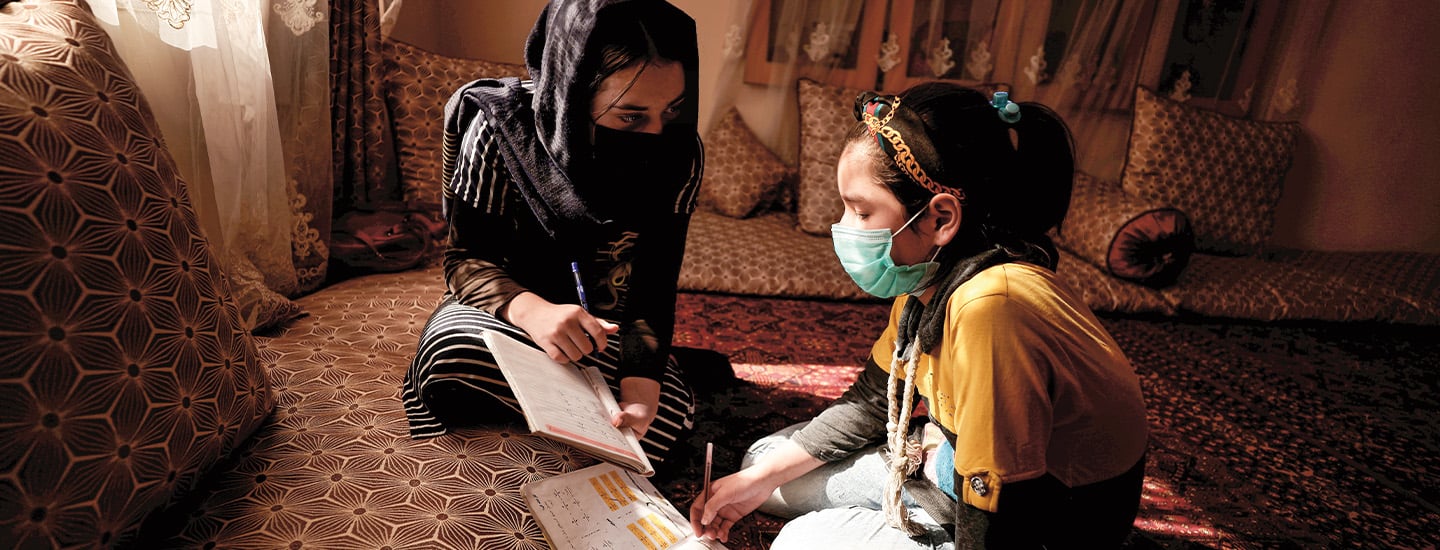This past September, dozens of middle school- and high school-aged girls marched through Gardez, a city in eastern Afghanistan. Wearing their school uniforms—white veils and long black cloaks—the teens shouted their demands: “Education for women! Girls have the right to go to school!”
The teens were protesting against the Taliban, the extremist group that’s once again in charge of their country. The Taliban originally ruled the Central Asian nation from 1996 to 2001. After being ousted by American-led forces, they put up a fierce resistance. The group returned to power in 2021.
The Taliban live by strict rules based on their extreme interpretation of Islam. The group opposes democracy and the tolerance of different faiths. (The vast majority of Muslim people—individuals who practice Islam—do not agree with the Taliban’s beliefs.)
Since taking back power, Taliban officials have implemented a number of decrees restricting females, including prohibiting girls from attending school beyond the sixth grade. The United Nations (U.N.) estimates that 3 million girls are being deprived of an education under the ban. What’s more, the decrees also bar women from many jobs and require them to be covered from head to toe in public.
Dozens of middle school- and high school-aged girls marched through Gardez this past September. Gardez is a city in eastern Afghanistan. The girls wore their school uniforms, which are white veils and long black cloaks. The teens shouted their demands: “Education for women! Girls have the right to go to school!”
The teens were protesting against the Taliban. That extremist group is once again in charge of Afghanistan. The Taliban originally ruled the Central Asian nation from 1996 to 2001. After being ousted by American-led forces, they put up a fierce resistance. The group returned to power in 2021.
The Taliban live by strict rules based on their extreme interpretation of Islam. The group opposes democracy and the tolerance of different faiths. (The vast majority of Muslim people—individuals who practice Islam—do not agree with the Taliban’s beliefs.)
Taliban officials have put in place a number of decrees since taking back power. These decrees restrict women and girls, including barring girls from attending school beyond the sixth grade. The United Nations (U.N.) estimates that 3 million girls are being deprived of an education under the ban. The decrees also bar women from many jobs and require them to be covered from head to toe in public.

